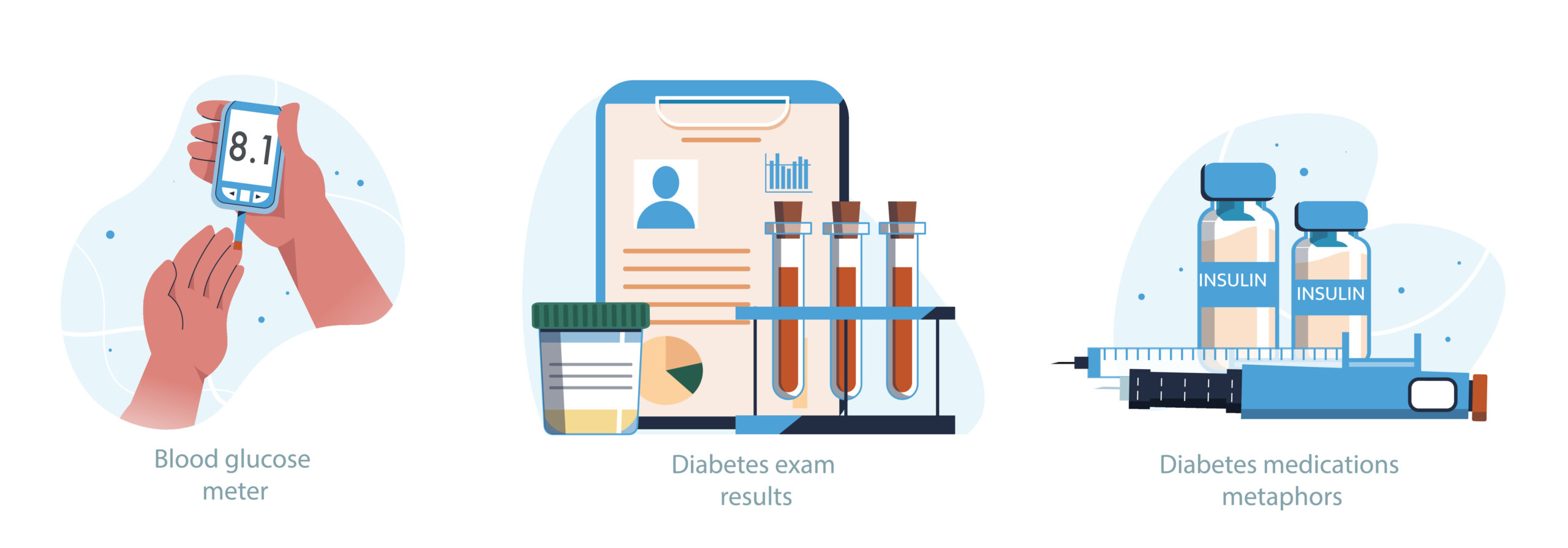More than 130 million adults in the United States have either diabetes or prediabetes. In fact, around 1.4 million new cases of diabetes were diagnosed back in 2019, according to the National Diabetes Statistics Report. Of all of the medications used to treat diabetes, metformin is the most commonly prescribed.
Diabetes is a condition where the body has too much sugar in the form of glucose that is free in the bloodstream. Normally, our bodies use insulin to control sugar intake for our cells. Insulin is a hormone that is produced by the pancreas and signals for cells to take up the glucose present in the bloodstream after we eat. This normal process is disrupted in two types of diabetes: Type 1 and Type 2.
Type 1 diabetes is where the pancreas does not make enough insulin for the amount of sugar being consumed. Whereas in Type 2 diabetes, the cells are not sensitive enough to the insulin produced. Due to a lack of sensitivity, cells in the body then do not take up the glucose that is available in the bloodstream. In both cases, there is an excess of glucose in the bloodstream, referred to as “hyperglycemia.” If left untreated, diabetes can result in heart disease, vision loss, and nerve damage that can lead to loss of limbs.
Glucose meters are commonly used to monitor diabetes.
Image Source: Andriy Onufriyenko
There are currently no cures for diabetes, but a commonly prescribed medication to control blood sugar levels for Type 2 diabetes is metformin. Metformin is a man-made derivative of galegine and guanidine, chemicals found in Galega officinalis or French lilac plants. Metformin is often used to treat diabetes because it is affordable, generally well-tolerated, and has minimal side effects. The main ways metformin works to treat diabetes is by limiting the liver’s ability to release sugar and increasing cells’ sensitivity to take in insulin. In addition, metformin also decreases intestinal absorption of glucose, so less will enter the bloodstream.
While metformin is best known for its use with diabetes, some other benefits include a decreased risk for some cancers, a decrease in inflammation, and an increase in gut microbiota that can help stabilize glucose concentrations in the body. Some side effects of metformin are related to the gastrointestinal tract: nausea, diarrhea, and stomach pain. Another side effect of metformin is decreased absorption of vitamin B12, therefore regular testing of vitamin B12 levels for patients taking metformin is often recommended. A rare side effect of metformin is lactic acidosis, where there is a buildup of lactic acid in the body that lasts longer than usual. Untreated lactic acidosis can be dangerous and lead to shock, organ failure, and loss of consciousness.
Individuals with Type 2 diabetes can often control their blood sugar through medication, diet, and exercise. Although there is no cure for diabetes, good nutrition, regular exercise, and following your physician’s advice can help you maintain a healthy lifestyle.
Featured Image: OlyaOk










